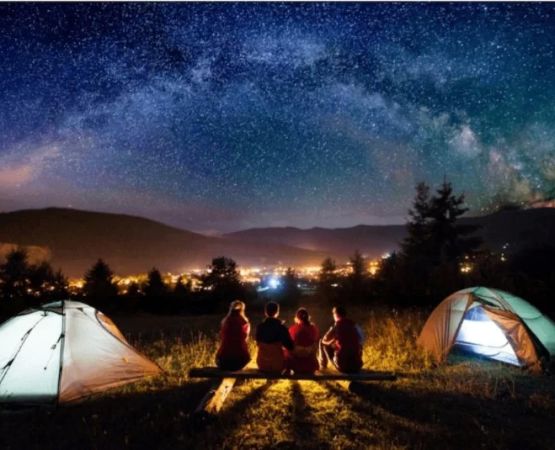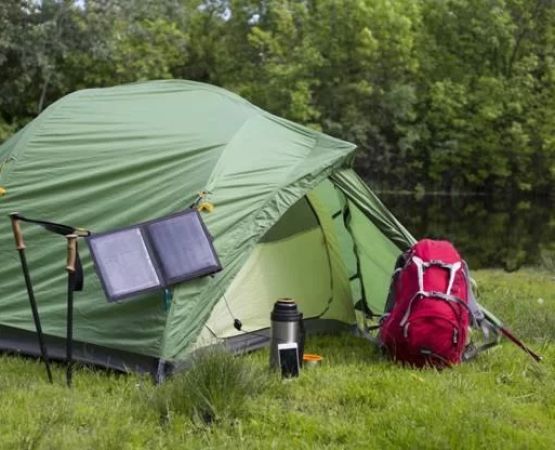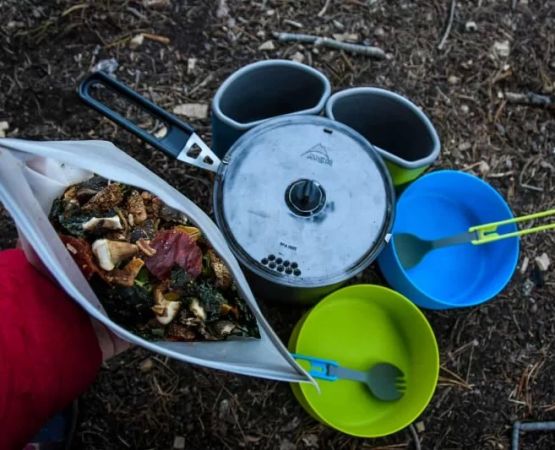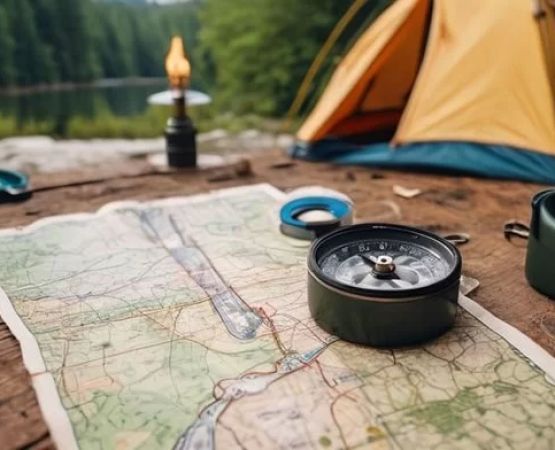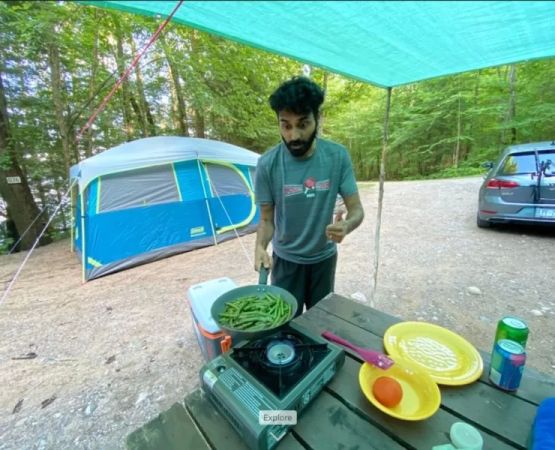Discover the Joy of Zero-Waste Camping: Tips for Sustainable Outdoor Adventures
- 1. What is Zero-Waste Camping?
- 2. Why Choose Sustainable Camping?
- 3. How to Practice Zero-Waste Camping: Practical Tips
- 4. A Real-Life Zero-Waste Camping Experience
- 5. Embracing Eco-Friendly Camping for the Future
1. What is Zero-Waste Camping?
Zero-waste camping is all about reducing your environmental impact during outdoor adventures by minimizing waste and choosing sustainable practices. This approach focuses on leaving nature untouched and ensuring that nothing harmful is left behind, whether it’s packaging waste, plastic, or other pollutants. The goal is to adopt practices that avoid single-use items, minimize resource consumption, and ensure a cleaner, greener camping experience.
2. Why Choose Sustainable Camping?
Choosing sustainable camping or zero-waste camping benefits both the environment and your overall experience. Sustainable camping reduces pollution, conserves natural resources, and ensures that natural spaces are preserved for future generations to enjoy. With the increasing impact of climate change and environmental degradation, adopting eco-friendly practices in camping has never been more important. Sustainable camping also allows you to connect more deeply with nature, as it requires mindfulness in every aspect of your trip—from the gear you bring to how you dispose of waste.
3. How to Practice Zero-Waste Camping: Practical Tips
To truly embrace zero-waste camping, consider implementing the following practical tips that will help you minimize your footprint and enjoy a more environmentally conscious outdoor experience:
- Pack Smart: Choose reusable containers, water bottles, and utensils. Avoid bringing single-use plastics like disposable cutlery or bottled drinks. Opt for eco-friendly packaging such as beeswax wraps or compostable bags for food storage.
- Leave No Trace: Always clean up your campsite and dispose of waste properly. Follow Leave No Trace principles, ensuring that you pack out everything you bring in, including food scraps and any packaging.
- Use Biodegradable Products: Choose biodegradable soaps, shampoos, and toothpaste, as these are safer for the environment when washed into natural water sources.
- Bring Eco-Friendly Gear: Opt for gear made from sustainable materials, such as bamboo or recycled fabrics. Consider investing in solar-powered devices to reduce your dependence on disposable batteries.
- Compost and Recycle: Bring along a small composting bin for organic waste, and separate recyclables to minimize your landfill contribution.
4. A Real-Life Zero-Waste Camping Experience
Take Sarah and Michael, a couple from California, who decided to try zero-waste camping on their weekend trip to Yosemite National Park. They began by using reusable containers and packing food in biodegradable wraps. Instead of bringing disposable plates and utensils, they used metal camping cutlery and plates that could be washed and reused. They were conscious of every single item they brought and made sure to recycle and compost whenever possible. At the end of their trip, they realized how much lighter their waste load was compared to traditional camping trips, and they felt more connected to the environment. Their experience showed them that zero-waste camping is not only possible but can also enhance the overall adventure.
5. Embracing Eco-Friendly Camping for the Future
Zero-waste camping is more than just a trend—it’s a movement towards sustainability and conscious travel. By choosing to camp in an eco-friendly way, we not only protect the environment but also encourage others to take part in preserving natural spaces. The next time you plan a camping trip, consider how you can minimize your waste and make a positive impact on the planet. Whether you’re a seasoned camper or new to the outdoors, adopting zero-waste practices is an easy and fulfilling way to enjoy nature while safeguarding it for future generations.

